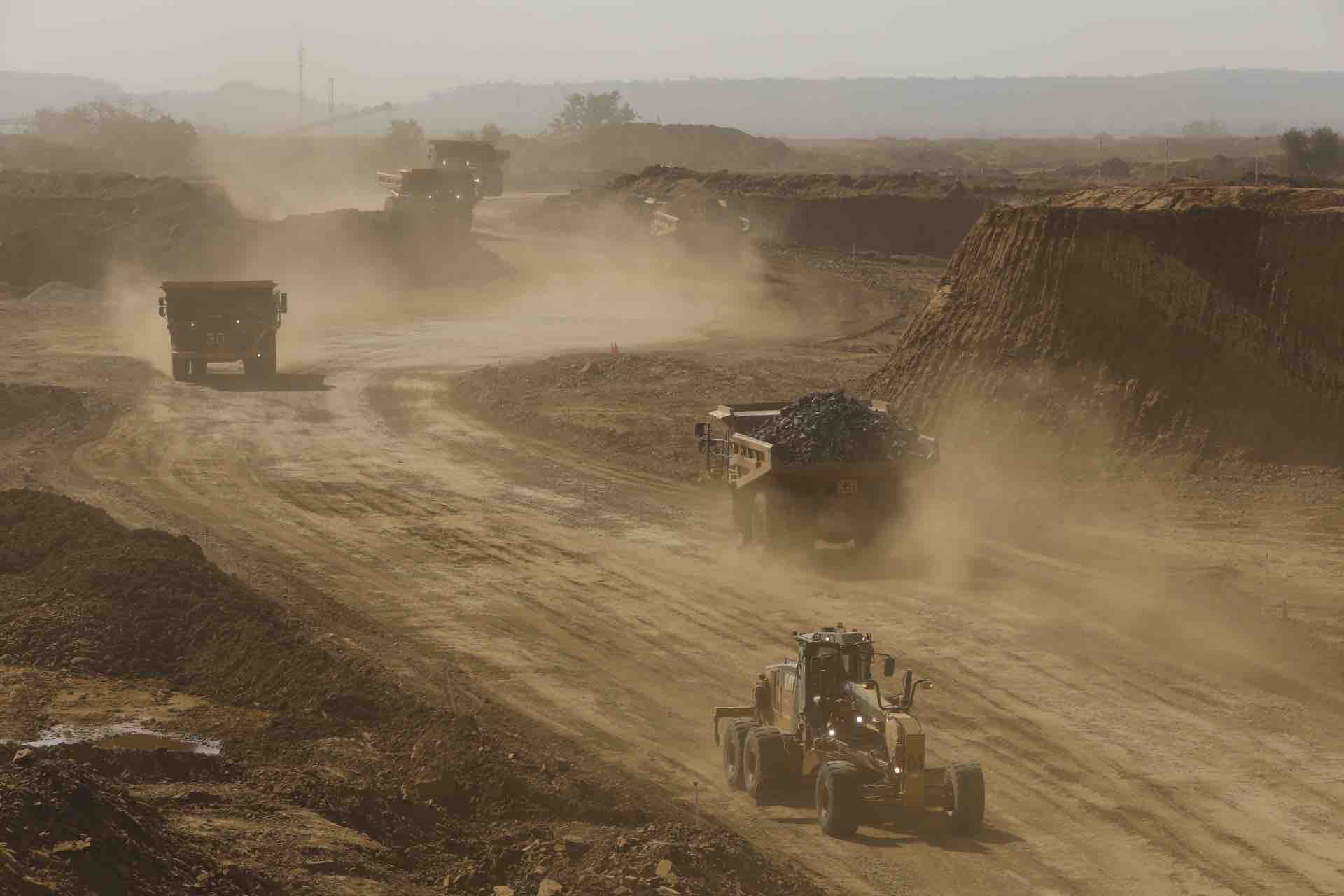
With rising awareness comes an increased focus on effective dust suppression methods. The Jury is in, and we now know – with certainty – the Importance of dust suppression in everyday life and at work.
Dust is an ever-present hazard leading to various harmful and potentially severe health impacts, environmental damage and machinery downtime.
And, more often than not, the more harmful it is.
As environmental awareness and regulations grow in unison, sourcing effective dust suppression techniques is more important than ever, for the apparent health and environmental outcomes, alongside maintaining a social license to operate.
For companies operating in the current landscape, understanding what effective dust suppression is and applying it to business operations is vital. So let’s dive into some standard dust suppression techniques and analyse their effectiveness in different applications.
For reference, here are some of the most familiar dust control tactics:
Water Spray: A super-simple and popular dust suppression method used in various industries like mining, construction, and demolition. In a nutshell, wetting the surface and surrounding areas can prevent dust particles from becoming airborne.
Chemical Dust Suppressants: Chemical dust suppressants, like polymers, surfactants, and salts, control dust in industries where water cannot be used (or needs to be super-activated), e.g. in mining operations. The chemicals can reduce dust by binding the particles together or changing their properties.
Enclosures and Barriers: These are physical barriers designed to contain dust within a local area, commonly used in indoor settings like manufacturing facilities.
Dust Collectors: Dust collectors capture dust particles and collect them in a container or bag. Commonly found in woodworking and metalworking shops, where dust is generated during production.
Ventilation Systems: These systems remove dust particles from the air by drawing them through filters or collection devices. Commonly found indoors where large volumes of air need cleaning.
Soil Stabilization: A method used in construction and mining industries to reduce dust by treating the soil with chemical agents, like stabilisers, that bind the soil particles together.
Chemical dust suppression techniques are scientifically proven to be effective.
And as the leading cause of occupational health hazards, dust emissions must be controlled wherever possible.
As a tool for dust control, water lacks the efficiency of a chemical or polymer-based solution and often fails to capture the smallest PM dust particles, which are the most harmful to health.
For a (very) in-depth study, visit this link: https://www.ncbi.nlm.nih.gov/pmc/articles/PMC9105875/.
During the above research, the investigators tested dust suppression effectiveness for wetting, hygroscopic, and bond performance.
Indicators of environmental safety were also taken into account, including the pH value of dust suppression solutions, chemical toxicity, and corrosion factors.
The researchers included economic indicators in the test.
The results were conclusive: the dust removal experiments showed that polymer spray dust reducers could significantly reduce dust concentration.
The average total and respirable dust removal rates increased to 83.94% and 84.08%, respectively, with a chemical solution.
The conclusion is that polymer-based dust proofing – during production and transportation in resource and related industries – can also effectively reduce water consumption and efficiently improve dust control.
Chemical and polymer-based dust suppression is a proven tactic to combat airborne dust hazards.
Where water alone fails to get the job done, adding a polymer solution to the mix, like those manufactured and supplied by GRT, will drastically improve efficacy and reduce water consumption.
Your feedback is important to us.
Your feedback is important to us. If you enjoyed reading this Global Road Technology industry update and found it informative, please let us know by leaving a REVIEW.
References:
https://www.ncbi.nlm.nih.gov/pmc/articles/PMC9105875/
Are environmental regulations, health and safety concerns or potential profit loss a concern right now?
Contact Us Now